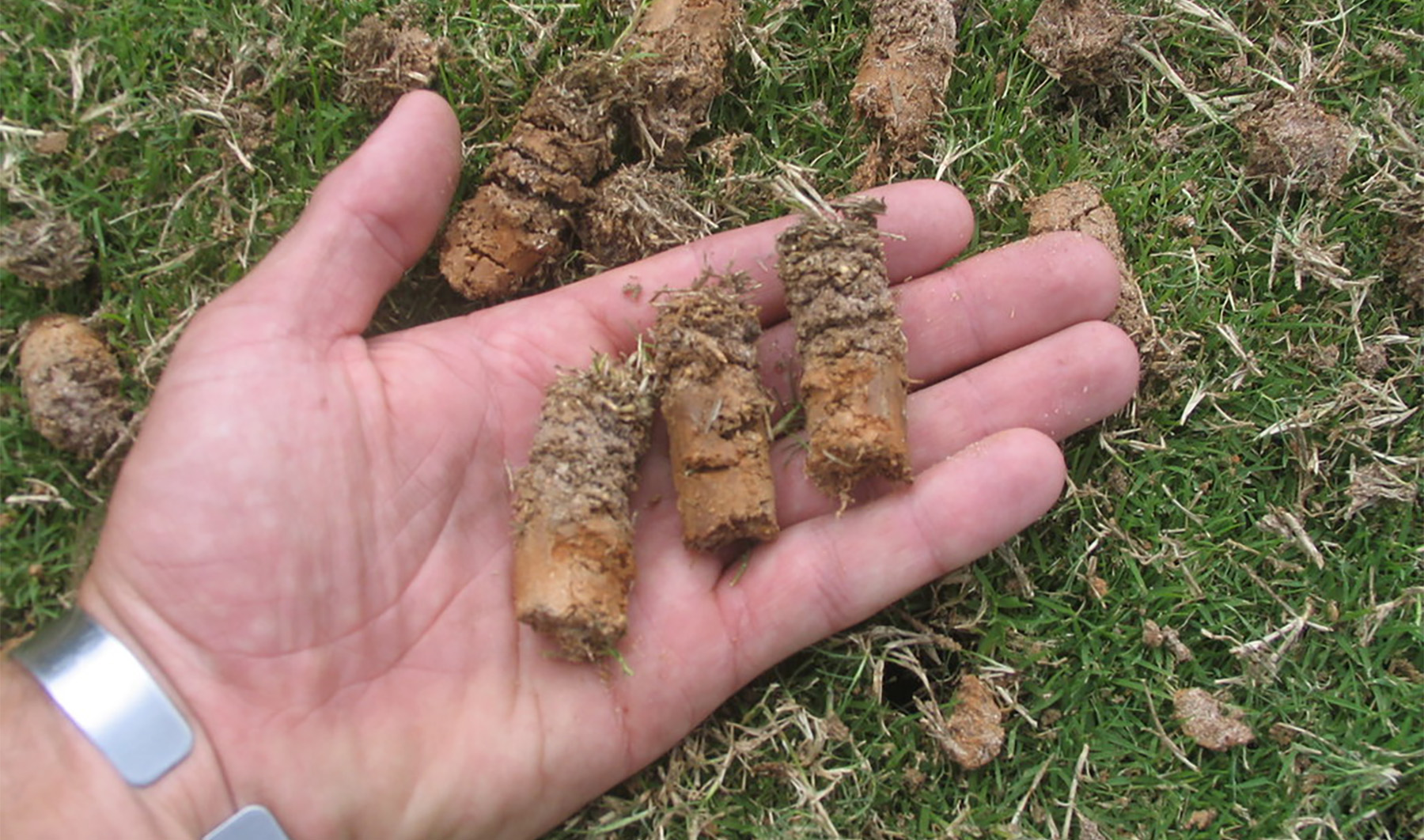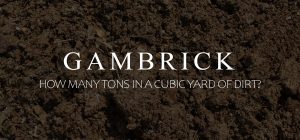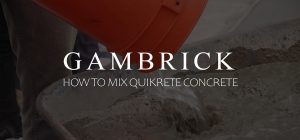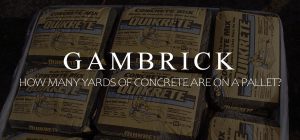How To Aerate Your Lawn
Aerating your lawn involves using a machine to cut small holes, called cores, into the ground so oxygen, water and nutrients can penetrate deep into the soil. These holes are generally about 2-4 inches and go right into the soil down to the roots. Aerating also breaks up soil and other organic material that’s been built up and compacted over time. When you aerate a lawn properly you allow oxygen and other nutrients to penetrate deeper into the soil which encourages healthier roots and grass. This greatly improves a grass’s durability and overall health. In many cases, the top layer is so dense nutrients can’t get to the roots where they’re needed. Aerating core holes makes it easy. The holes deliver nutrients and water right where they’re needed most.
Just a little maintenance goes a long way in creating a healthier lawn. Aerating is easy to do by hand and generally only needs to be done about once a year. The machine does almost all the work. All you have to do is run the aerator evenly over the entire lawn. Try to make sure every area of the lawn gets aerated.
Aerating machines come in two basic designs, by hand or powered. Both are easy to use and work really well. Although powered machine are easier because all you do is steer. Some lawns are more difficult to aerate then others because of soil conditions and how dense the grass is. If your is too difficult to do by hand then try a powered aerator. Some designs hook up to the back of a sit down mower so you don’t even have to walk. What could be easier.
Just about any lawn can benefit from aeration when it’s done properly and on a yearly basis.
Why Aerating Helps The Lawn
Grass is just like any other plant. The roots are what needs air, water and nutrients to grow thick, lush grass. The part you see is the attractive part but most of the work is done below ground. All the nutrition is soaked up by the roots,not the green grass you see above ground. When the surface becomes compacted, it inhibits the flow of essential nutrients down to the roots. Even a thin layer of compaction just 1/4 inch thick can make a big difference in terms of overall lawn heath. Aeration creates holes into the soil that act like tunnels delivering nutrients right to the roots where they’re actually needed.
If nutrients can’t get to the roots, lawn grass can become unhealthy in stressful times such as heat or low rainfall. That healthy lush color and thickness you want will be very difficult to obtain if the grass can’t be properly nourished. Grasses can gradually thin, yellow and eventually die out from lack of the oxygen, water and nutrients that can’t get to the roots because they’re trapped on the surface by compaction. Even a single aeration can solve the problem bringing your lawn back to life.
Many homeowners who don’t aerate their lawns try using strong fertilizers instead. This is generally a mistake and rarely needed. In most cases all a sick lawn needs is aeration so the nutrients can actually get to the grass. Lots of fertilizer isn’t the answer because it will have trouble penetrating the compaction layer too.
When Do Lawns Need Aeration
It’s easier than you may think for a lawn to become compacted. Vehicles, equipment, outdoor entertaining or just kids and pets running around the yard can cause some level of compaction. And even some lawns that aren’t can still benefit from aeration. That’s why it’s so important to make it a yearly affair.
The soil you have is a factor too because some types are harder to grow grass in than others. If your yard has heavy clay or is very rocky it can be harder to deliver nutrients to the grass because of how dense the soil is. An annual aeration can help keep your lawn healthy.
De-thatching and aerating are different tasks that sometimes get confused but they go hand in hand. Thatch is the layer of decomposing organic matter that forms on the lawns surface between the soil and grass. When thatch gets more than 1/2 inch thick it acts just like compaction by blocking air, water and nutrients from getting to the roots. Aeration can penetrate and reduce thatch buildup by punching holes right through it.
There are a few signs your lawn may need aeration.
- Unhealthy looking grass.
- Soil is hard to the touch.
- Rainwater puddles where it used to absorb.
- Overly wet or mushy ground.
- Mushroom growth.
- Thatch levels are thick.
To test this out, take a screwdriver and stick it into your lawn’s soil by hand. It should slide in fairly easily. If there’s resistance, your soil may be compacted, and aeration can help.
When To Aerate Your Lawn
I recommend aerating during or right before your grass reaches it’s peak time for natural growth. This will vary based on where you live and the season. Aeration is good for lawns but it can stress the grass if you don’t time it right. And never aerate a dormant lawn.
Early fall or early spring are the best times for aerating here in the Northeast. For Southern lawns, the best time for aerating is late spring or very early summer. When aeration coincides with growth, grasses recover quicker and fill in areas disturbed by aeration. You don’t want to aerate at a time when the grass isn’t growing because repair will be slow or you could actually hurt the grass. Remember, the object of aeration is to deliver nutrients, air and water to the roots when they need it.
Aerating will be easier for you and your equipment if the lawn and soil are soft from irrigation or rainfall the day before. Dry or hard soil can be harder to aerate because the blades have to penetrate into the ground. The harder the earth the harder it is to cut into it. Moisture makes the process easier but it has to get into the ground. If the moisture is just surface level then it won’t help much. So never aerate a lawn as soon as it’s been watered, give it a day or so to let moisture penetrate into the ground.
Lawn Aerator Equipment
Aerating equipment comes in two basic types, push by hand or powered. Machine versions range in size from smaller walk behind aerators to larger units that hook up to a sit down mower. But regardless of the type or size aerator you use, they all do basically the same thing. However they do it different ways.
- Spike aerators: Spike aerators use spikes to poke holes down into the soil. This isn’t the best method in my opinion because it can push down compaction that you don’t want below the soil. Also, because it’s a spike pushing hard into the soil it compacts the ground because no soil is removed. They work fine for aerating a lawn but spike aerators aren’t my favorite tool.
- Slicing aerators: These have rotating blades that cut or slice down into the soil right through the grass. Like spike aerators, slicing aerators leave soil in the ground. They work fine by create pathways for air, water and nutrients but aren’t my favorite tool either.
- Core aerators: This is my favorite type of lawn aerator and most pros agree with me. They use rows of hollow tubes that remove plugs of soil from your lawn as they roll. The plugs are left on top of the soil where they can later be broken down. Because the soil plugs are removed, it leaves behind small tunnels where water, air and nutrients can easily flow to the grass’s roots. The size of the holes vary in size depending on the machine used.
How To Aerate Your Lawn
You can hire a landscaper to aerate your lawn for you or do it yourself. Most tool rental companies will carry an aerator or you can buy one yourself at just about any Home Depot. The manual models aren’t that expensive.
Doing the work isn’t that hard. It’s a lot like mowing the lawn. Simply work in lines back and forth along the lawn. It’s OK to make more than one pass in different directions to help ensure optimal coverage and benefits. But try not to go over the same ground too many times or you’ll overwork the area.
The manual aerators aren’t that hard to push. The pressure needed is about the same as pushing a lawn mower. Powered aerators are even easier, all you do is push the gas and walk or ride the mower. The machine will do all the work.
My lawn is a weird shape with lots of trees, roots and a garden so I plan out my route before I start aerating. I’ve found that if I don’t have a plan I end up going over the same ground too many times. I try not to go over the same area more than twice and not in the same direction. This helps me aerate the lawn evenly and from different angles but not too much so the grass never gets damaged.
Lawn Aerating Tips
Here are a few tips on how to aerate your lawn.
- When your using the manual hand powered aerator try to walk it in a smooth straight line. Don’t jerk it back and forth. That can damage the lawn or core it in weird ways. Just walk it like your pushing a mower.
- Make sure the blades,spikes or coring tubes are sharp. If they’re dull you could have a harder time punching down into the soil. Especially if your ground is hard.
- If your ground is hard try watering it the day before you aerate. Let the water soak into the ground overnight.
- Have a plan for aerating the corners, edges and around plants before you start. This will help prevent overworking an area.
- Make sure all your supplies are ready. Right after you aerate is the best time to seed, water and fertilize.
- Try not to aerate when there will be rain. Since you’ll be watering right after you aerate, rain can give the grass too much water. It can also wash away fresh seeds and fertilizers.
- Don’t aerate when it’s too cold. You don’t want water getting into the holes and freezing.
- Aerate when the grass is prime for growth. Generally this is in the Fall or Spring.
- Try to aerate about once a year.
- Mark sprinkler heads, lawn obstacles or lines with flags. Be careful when you aerate around anything you could damage with the spikes or blades.
Aerating your lawn properly is easy to do and should be a part of your regular lawn maintenance. It really does make a big difference to ensure a healthy, lush lawn.
What To Do Right After Aeration
After you finish aerating your lawn, let the soil plugs dry where they fall. They’ll break down over time which can help fertilize the lawn. Don’t pick them up, however raking them to break them down faster is fine if you don’t like how they look.
Right after aeration I like to seed, water and fertilize. This helps nutrients penetrate into the freshly cut holes down to my roots. The seeds and nutrients will never have a better path right to the soil than after aeration. This really helps create and maintain a lush, healthy lawn.
Summary: How To Aerate Your Lawn
Aerating your lawn involves using a machine to cut small holes, called cores, into the turf so oxygen, water and nutrients can penetrate deep into the soil. These holes are generally about 2-4 inches and go down to the roots. Aerating also breaks up soil and other organic material that’s built up over time. When you aerate a lawn properly you allow nutrients to penetrate deeper into the soil which encourages healthier roots and grass. This greatly improves a grass’s durability and overall health. In many cases, the top layer is so dense nutrients can’t get to the roots where they’re needed. Aerating core holes makes it easy. The holes deliver nutrients and water right where they’re needed most.
Just a little maintenance goes a long way in creating a healthier lawn. Aerating is easy to do by hand and generally only needs to be done about once a year. The machine does almost all the work. All you have to do is run the aerator evenly over the entire lawn. Try to make sure every area of the lawn gets aerated.
Aerating machines come in two basic designs, by hand or powered. Both are easy to use and work really well. Although powered machine are easier because all you do is steer. Some lawns are more difficult to aerate then others because of soil conditions and how dense the grass is. If your is too difficult to do by hand then try a powered aerator. Some designs hook up to the back of a sit down mower so you don’t even have to walk. What could be easier.
Just about any lawn can benefit from aeration when it’s done properly and on a yearly basis.
If you have any questions or comments about grass Email any time.






















